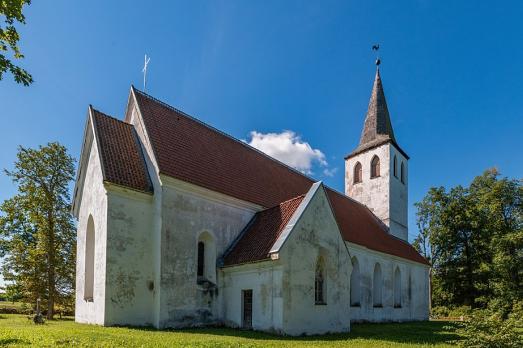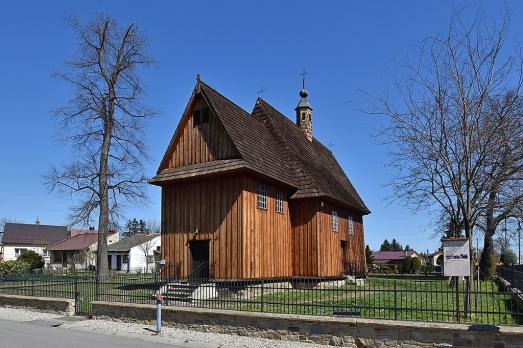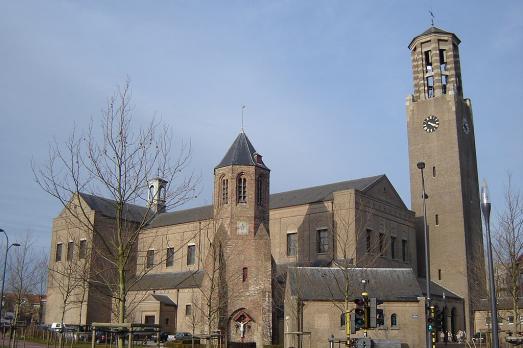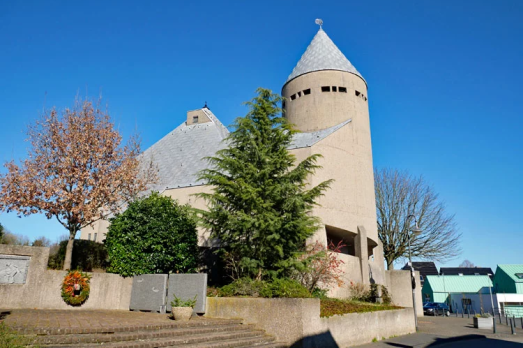
St. Lawrence Church
Pühalepa, EE
St. Lawrence Church, or Pühalepa Church, is the oldest church on the island of Hiiumaa. The church was built without a tower in the Gothic style in the 13th century. During the Livonian War (1558-1583) the church suffered a lot and had to be rebuilt after the war. At the beginning of the 17th century, the construction of a bell tower began. In 1770 it was given two new floors and in 1874 the church got its present form. From 1951 the church was used as a warehouse and fell into ruin. The church in Pühalepa was consecrated again in 1993.














